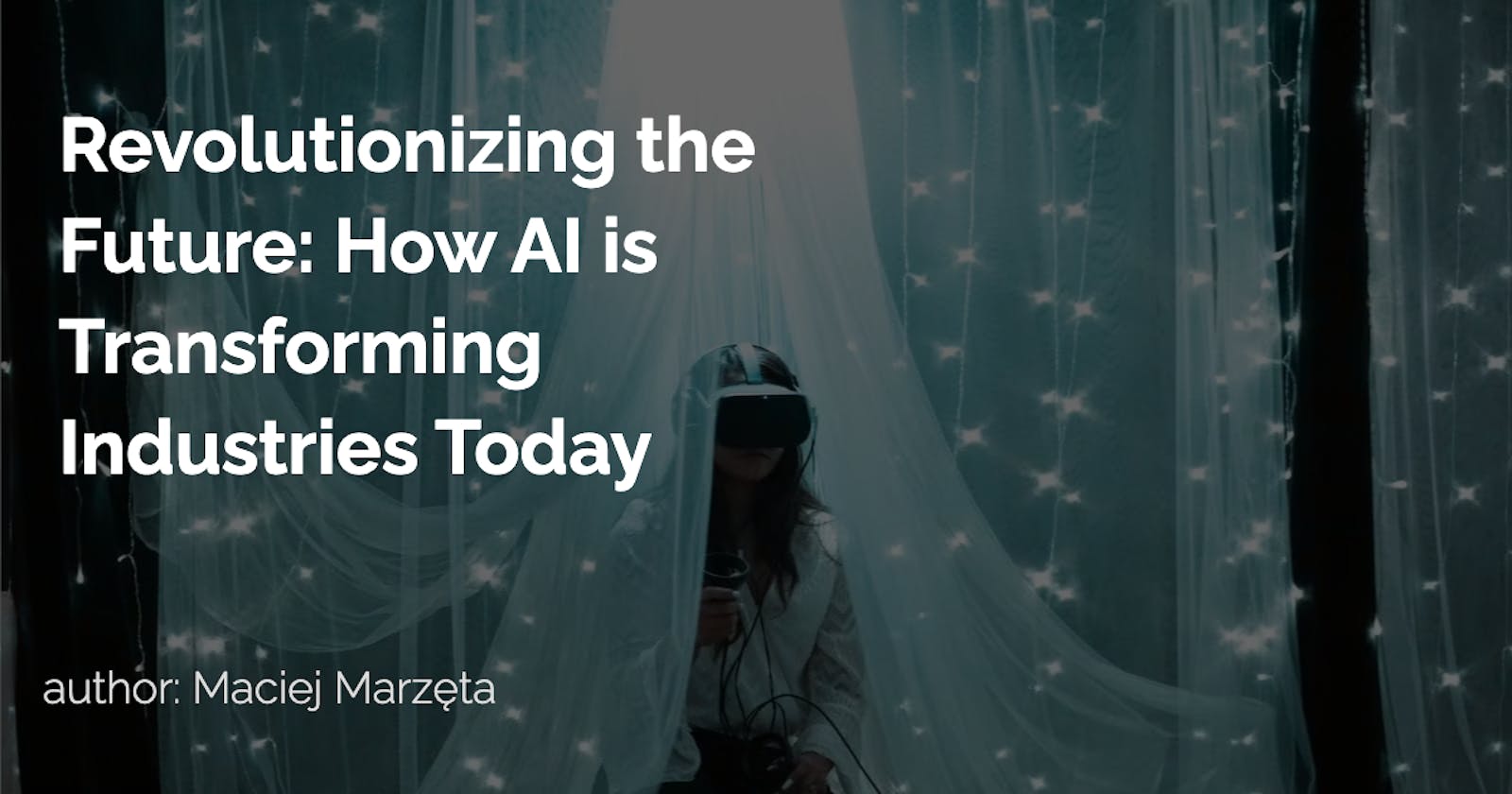An introduction to AI and its history
Artificial intelligence, or AI, refers to the ability of machines to perform tasks that would typically require human-like intelligence, such as learning, problem-solving, and decision-making. AI has been a topic of fascination and controversy for decades, with roots dating back to the 1950s. Early AI research focused on creating algorithms that could enable computers to perform specific tasks, such as playing chess or solving mathematical problems. In the 1980s and 1990s, AI experienced a resurgence of interest, driven in part by advances in machine learning and the availability of more powerful computers. Today, AI is used in a wide range of applications, including image and speech recognition, language translation, and autonomous vehicles. The development of AI has been shaped by a variety of factors, including technological advancements, economic incentives, and societal needs. As AI continues to evolve, it has the potential to transform numerous industries and change the way we live and work. However, the development and deployment of AI also raise important ethical and social questions that must be carefully considered.
The current state of AI
The current state of AI is one of rapid progress and widespread adoption. Across a variety of industries, businesses and organizations are using AI to automate tasks, improve decision-making, and enhance customer experiences. In the healthcare industry, AI is being used to analyze medical images, assist with diagnoses, and predict patient outcomes. In the finance sector, AI is being used to identify fraudulent transactions, assess credit risk, and personalize financial products. In the transportation industry, AI is being used to power self-driving cars and optimize logistics and supply chain management. These are just a few examples of the many ways in which AI is being used to drive innovation and improve efficiency in the modern world. However, it is important to note that AI is not a one-size-fits-all solution, and its usefulness and effectiveness depend on a variety of factors, including the quality of the data it is trained on, the goals of the organization using it, and the specific problem it is being applied to solve. As such, the successful implementation of AI requires careful planning, evaluation, and management.
Some examples of how mature AI is, are projects such as ChatGPT or Dall-E. ChatGPT is a powerful chatbot that is powered by the GPT-3 language model developed by OpenAI. It is designed to be able to hold natural language conversations with users, generating responses based on the input it receives. This means that ChatGPT can be used for a wide range of purposes, including answering questions, providing information, and engaging in casual conversation. ChatGPT can understand and interpret the context of a conversation, allowing it to provide appropriate and relevant responses. This makes it an extremely useful tool for businesses and organizations that want to provide quick and accurate customer service, or for individuals who want to have interesting and engaging conversations with an AI.
DALL-E is another impressive AI system developed by OpenAI. It is a neural network that is capable of generating images based on text descriptions. For example, if you provide DALL-E with the description "a two-story pink house with a white fence and a red door," it will generate an image of a house that looks like this. DALL-E is an example of a "creative" AI system, as it is able to generate original content based on user input. This makes it a valuable tool for designers, artists, and other creative professionals who want to generate new ideas or concepts. DALL-E is also of interest to researchers and developers who are interested in exploring the limits of what AI is capable of. Overall, DALL-E is a fascinating and innovative AI system that is sure to continue to evolve and improve in the coming years.
The above image was created with DALL·E, an AI system by OpenAI. Link to the prompt which generated this image: https://labs.openai.com/s/ab33iLqyJ6a8Mh0TLLVq9vDJ.
Challenges
As AI continues to advance and become more prevalent in society, researchers and developers are facing several challenges that must be addressed in order to ensure that AI systems are effective, fair, and transparent. One major challenge is the issue of data quality. To develop and train AI systems, large amounts of data are needed. However, this data is often messy, biased, or incomplete, which can lead to flawed or inaccurate AI models. Ensuring that the data used to train AI systems is of high quality and represents a diverse range of perspectives is essential for building fair and effective AI.
Another significant challenge facing AI researchers and developers is the issue of algorithmic bias. AI systems can sometimes exhibit biased behaviour, reflecting the biases present in the data they are trained on or in the algorithms used to build them. This can lead to unfair outcomes or unintended consequences. It is therefore essential for researchers and developers to be aware of and address this issue in order to ensure that AI systems are fair and unbiased. Algorithmic bias can have serious consequences, ranging from the exclusion of certain groups of people from certain opportunities or services to the amplification of existing inequalities. Addressing algorithmic bias requires careful attention to the data used to train AI systems, as well as the development of methods to mitigate bias at various stages of the AI development process. Ensuring that AI systems are unbiased and fair is crucial for the responsible development and deployment of AI.
Explainability is another important challenge facing AI researchers and developers. As AI systems become more complex and are used to make decisions that impact people's lives, it is essential that they be able to explain their reasoning and decision-making processes. However, many AI systems are difficult or impossible to interpret, making it difficult to understand how they arrived at their conclusions. Developing ways to make AI systems more transparent and explainable is a key area of focus for researchers and developers.
Future
The potential future of AI is a topic of much speculation and debate. Some experts believe that AI has the potential to revolutionize many aspects of our lives and work, while others are more sceptical of its potential impacts. One area where AI is expected to have a significant impact is in the field of work. AI has the potential to automate many tasks, freeing up humans to focus on more complex, creative, or social tasks. This could lead to increased productivity and efficiency, but it could also result in job displacement for some workers.
AI could also shape the way we live in other ways. For example, it could be used to optimize and personalize energy consumption in homes and buildings, leading to more efficient and sustainable use of resources. AI could also be used to improve agriculture, by helping farmers to optimize crop yields and reduce waste. Additionally, AI could be used to enhance education, by providing personalized learning experiences that are tailored to the needs and abilities of individual students. These are just a few examples of the many ways in which AI could potentially shape our lives and work in the coming years.
Overall, the future of AI is difficult to predict, and it is likely to have both positive and negative impacts. Ensuring that the development and deployment of AI is responsible and ethical will be crucial for maximizing its benefits and minimizing its potential risks.
Summary
AI, or artificial intelligence, refers to the ability of machines to perform tasks that would typically require human-like intelligence. It has been a topic of fascination and controversy for decades and is currently experiencing rapid progress and widespread adoption across various industries. Researchers and developers face challenges such as data quality, algorithmic bias, and explainability in the development and deployment of AI systems. Ensuring that the development and deployment of AI is responsible and ethical will be crucial for maximizing its benefits and minimizing its potential risks.
AI refers to the ability of machines to perform tasks that require human-like intelligence.
AI is currently experiencing rapid progress and widespread adoption across various industries.
The future of AI is difficult to predict, but it is expected to have significant impacts on various fields.
Researchers and developers face challenges such as data quality, algorithmic bias, and explainability in the development and deployment of AI systems.


